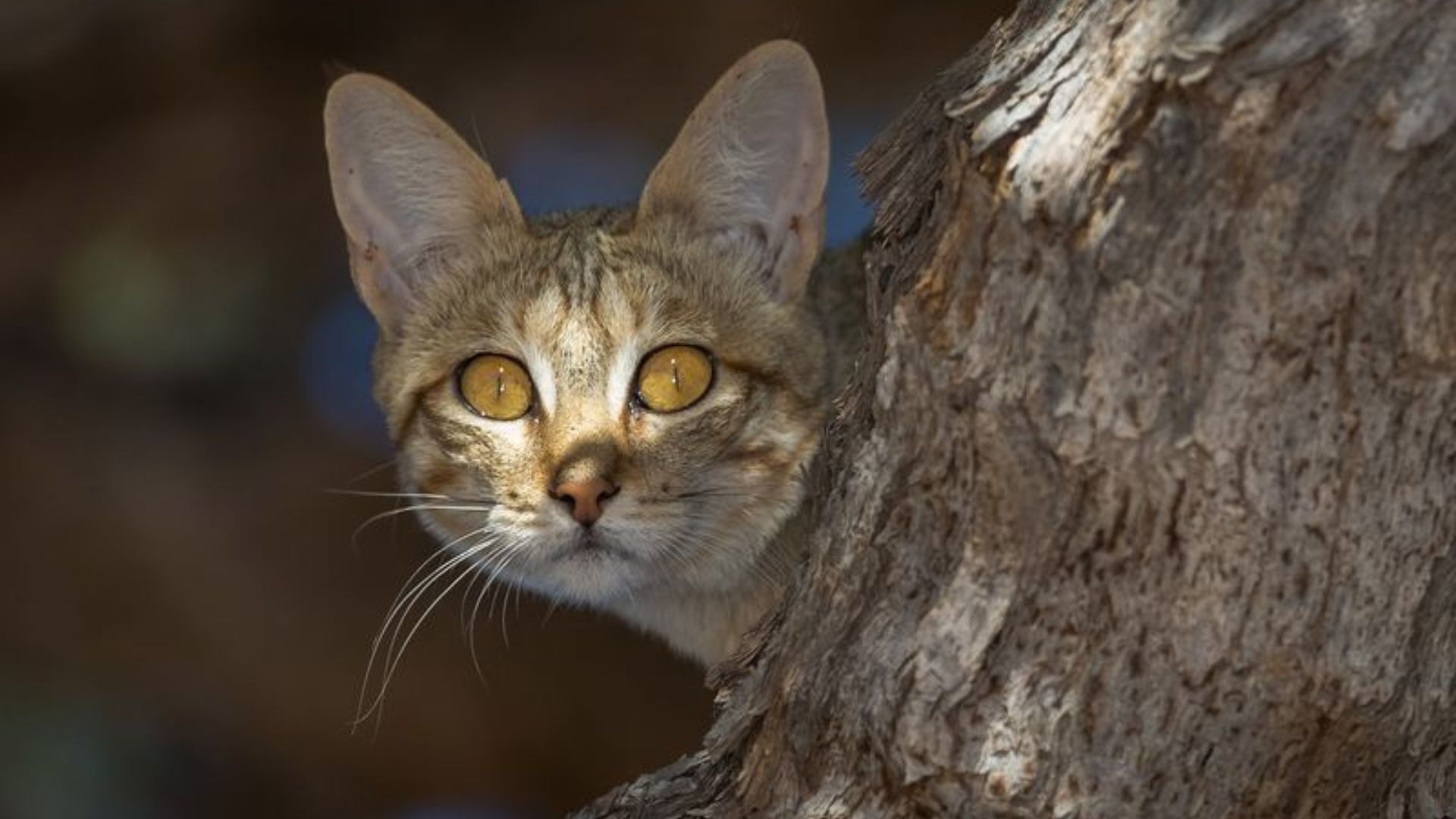Cats are some of the most beloved pets worldwide, often chosen for their playful yet independent nature. While domestic cats are a common sight in homes, there are wild cats that bear an uncanny resemblance to our household feline friends.
These wild cats might look like they belong on your sofa, but they possess the instincts and traits of their wild counterparts.
Here are 14 wild cat species that could easily be mistaken for domestic cats, showcasing the beauty and diversity of the feline world.
1. Rusty-Spotted Cat
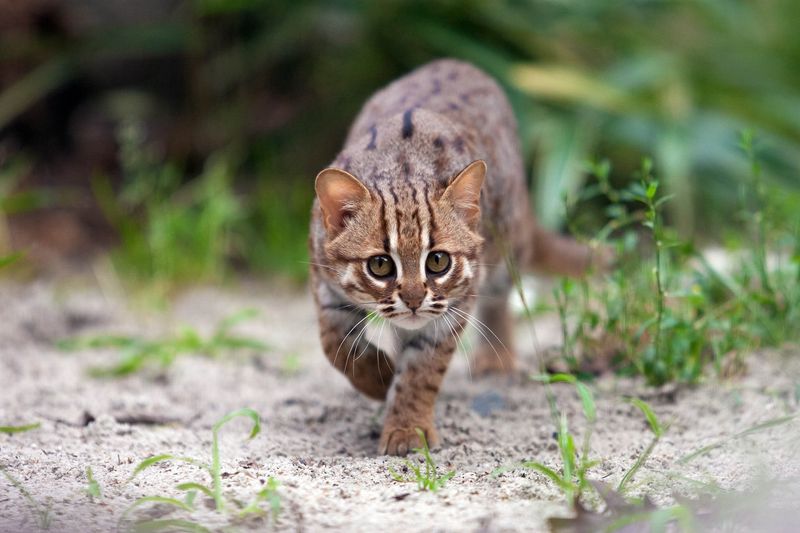
The Rusty-spotted Cat is one of the smallest wild cats and is often compared to a kitten due to its petite size.
Native to India and Sri Lanka, this cat has a coat patterned with rusty spots and stripes, making it resemble a typical domestic tabby. Despite its small stature, the Rusty-spotted Cat is a skilled hunter, adept at capturing rodents and birds.
Its nocturnal nature means it is rarely seen by humans in the wild, spending the day hidden in dense undergrowth or abandoned burrows. The cat’s ability to climb trees and its agility makes it a formidable predator in its natural habitat.
This species is listed as Near Threatened, with habitat loss being a significant threat. Conservation efforts are crucial to ensure its survival, as its population is rapidly declining due to deforestation.
2. Sand Cat
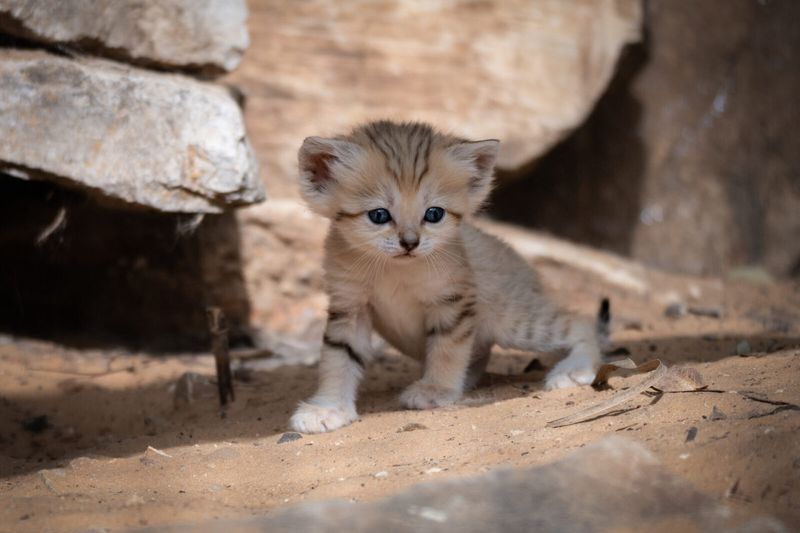
The Sand Cat is perfectly adapted to desert life, with its sandy-colored coat helping it blend into its arid surroundings.
This elusive feline is found in the deserts of North Africa and Southwest Asia, often in areas where temperatures can be extreme. It has large, sensitive ears that aid in detecting prey beneath the sand.
Unlike domestic cats, the Sand Cat rarely needs to drink water, obtaining moisture from its prey. Its thickly furred feet provide insulation from the hot sand, and its ability to close its ears helps to keep out sand during desert storms.
Although it looks like a cuddly pet, the Sand Cat is a solitary creature, mostly active at night. Its population is threatened by habitat destruction and human encroachment, making conservation efforts vital.
3. Black-Footed Cat
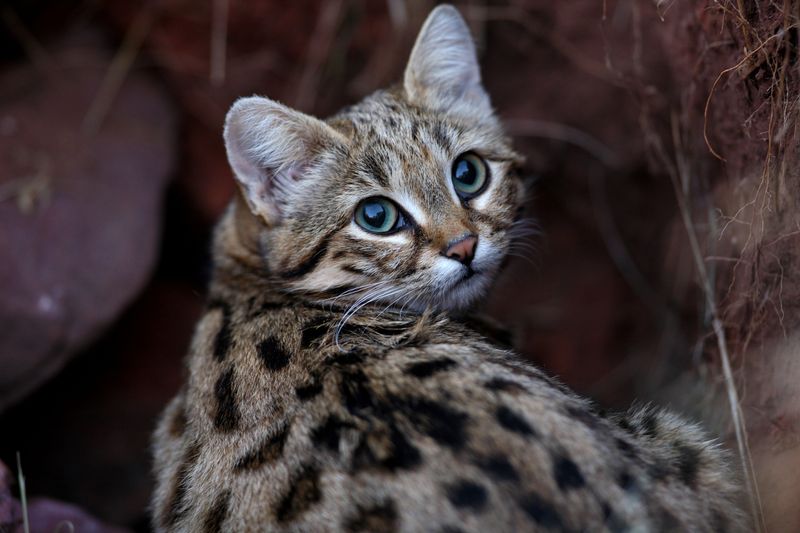
Despite its small size, the Black-footed Cat is a fierce predator found in the grasslands and savannas of Southern Africa.
Weighing less than a house cat, it is one of the smallest wild cat species, yet it has a high metabolism, requiring it to hunt frequently.
This cat’s distinctive black soles and speckled coat make it unique, closely resembling smaller domestic breeds. It uses its keen senses to hunt birds and small mammals, showcasing its remarkable agility and speed.
The Black-footed Cat is primarily nocturnal, spending its days in burrows or dense vegetation to avoid the harsh sun. Its elusive nature means it is rarely seen, and it is considered vulnerable due to habitat degradation.
4. Serval
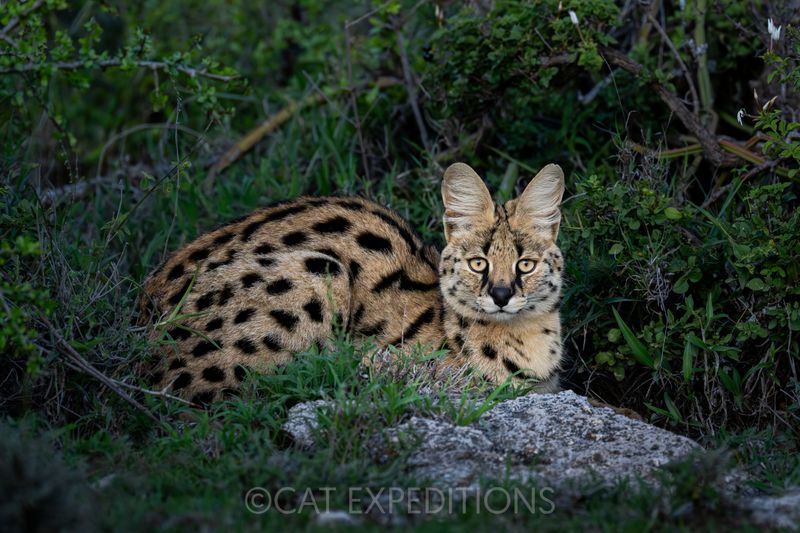
The Serval is an elegant wild cat native to Africa, known for its tall slender frame and striking spotted coat. Its long legs and large ears are adaptations for hunting in tall grasses, where it can spot and capture prey with impressive precision.
Unlike domestic cats, the Serval’s primary hunting method is leaping high into the air to pounce on unsuspecting birds and rodents. Its acute hearing allows it to detect even the slightest movement, making it an efficient predator.
Though it may seem like an oversized house cat, the Serval is a wild animal that requires vast territories to thrive. Its survival is threatened by hunting and habitat loss, emphasizing the need for conservation efforts. Educating the public about its role in the ecosystem can aid in its preservation.
5. Margay
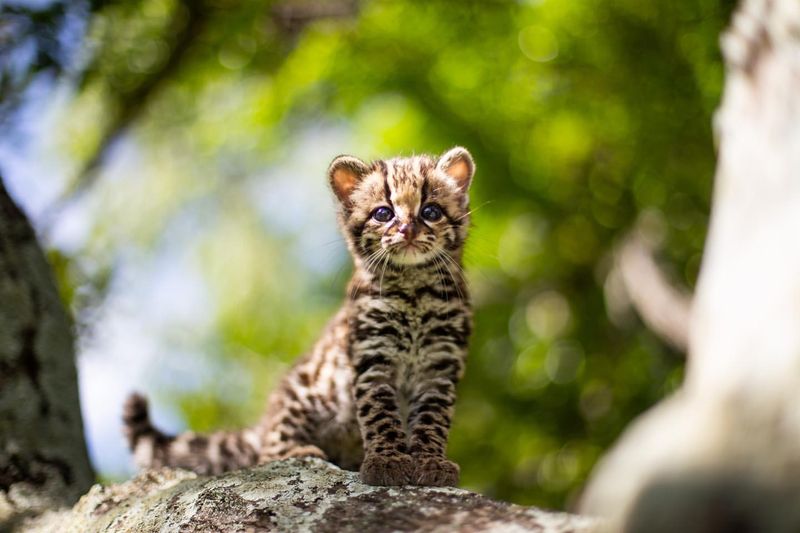
The Margay is a tree-dwelling wild cat native to Central and South America, renowned for its climbing prowess. Its coat, marked with spots and stripes, is reminiscent of domestic tabbies, but its arboreal nature sets it apart.
This feline is often referred to as the “tiger of the trees,” as it can navigate branches with ease, thanks to its flexible ankles that can rotate 180 degrees. The Margay’s large eyes and sensitive whiskers enhance its nocturnal hunting abilities, making it an adept predator.
While it might seem like a playful pet, the Margay is a solitary and elusive creature, rarely seen in the wild. Deforestation and the illegal pet trade pose significant threats to its existence. Supporting sustainable forestry and anti-poaching efforts can help preserve this incredible species.
6. Fishing Cat
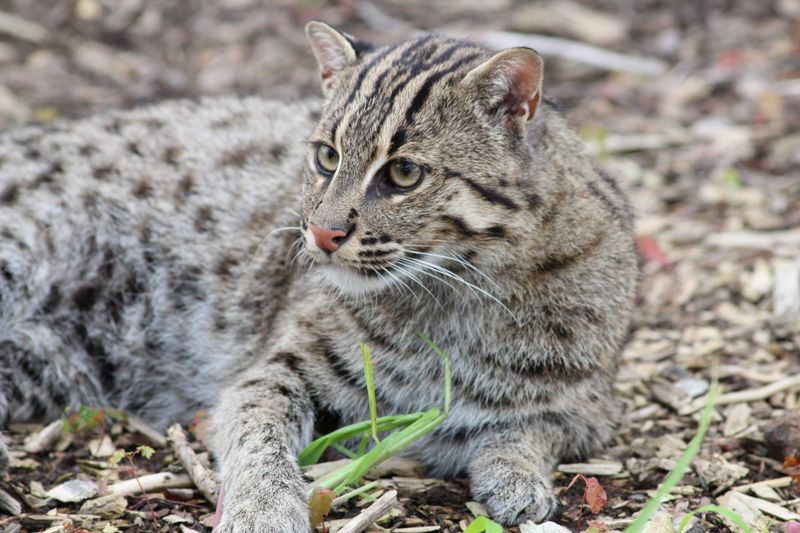
As its name suggests, the Fishing Cat is an adept swimmer and hunter, specializing in catching fish. Found in wetlands across South and Southeast Asia, this wild cat has a stocky build and a unique spotted coat.
Unlike most cats, the Fishing Cat is fond of water and is often seen swimming in pursuit of aquatic prey. Its partially webbed feet aid in swimming, while its sharp claws and strong jaw enable it to catch slippery fish with ease.
Despite its resemblance to a domestic cat, the Fishing Cat is a solitary creature, with its population declining due to habitat destruction and water pollution. Conservation efforts are vital to protect its wetland ecosystems.
7. Asian Leopard Cat
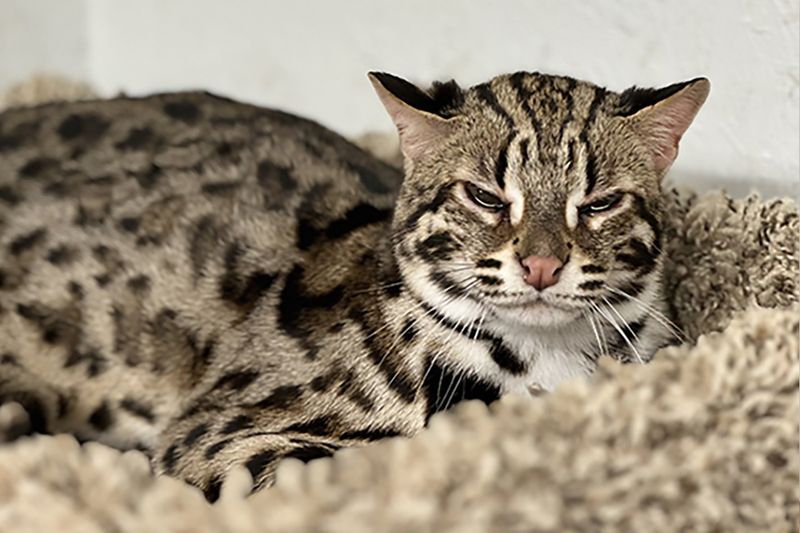
The Asian Leopard Cat, often mistaken for domestic breeds, is a wild cat native to Asia. Its sleek, spotted coat offers excellent camouflage in the dense jungles it inhabits, helping it avoid predators and sneak up on prey.
This small feline is highly adaptable, thriving in various habitats ranging from forests to grasslands. Its diet mainly consists of small mammals and birds, although it can also hunt reptiles and insects.
Though it shares similarities with house cats in appearance, the Asian Leopard Cat is independent and solitary. Habitat loss, hunting, and the pet trade threaten its survival, highlighting the importance of conservation initiatives.
8. Jungle Cat
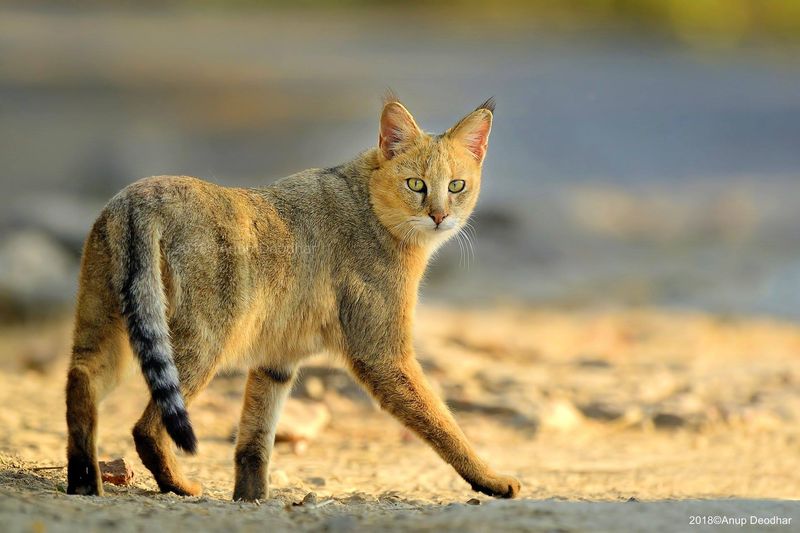
The Jungle Cat is a versatile wild feline found across Asia and the Middle East. Its tawny coat and slender build give it a regal appearance, often leading to confusion with domestic cats.
This adaptable cat thrives in various environments, from forests to marshlands, using its keen senses to hunt a wide range of prey, including birds, rodents, and reptiles. Its agility and speed make it a formidable hunter, often seen stalking through the underbrush.
While it may resemble a large house cat, the Jungle Cat is a solitary and territorial creature. Human encroachment and habitat destruction pose significant threats to its population, necessitating conservation efforts.
9. African Wildcat
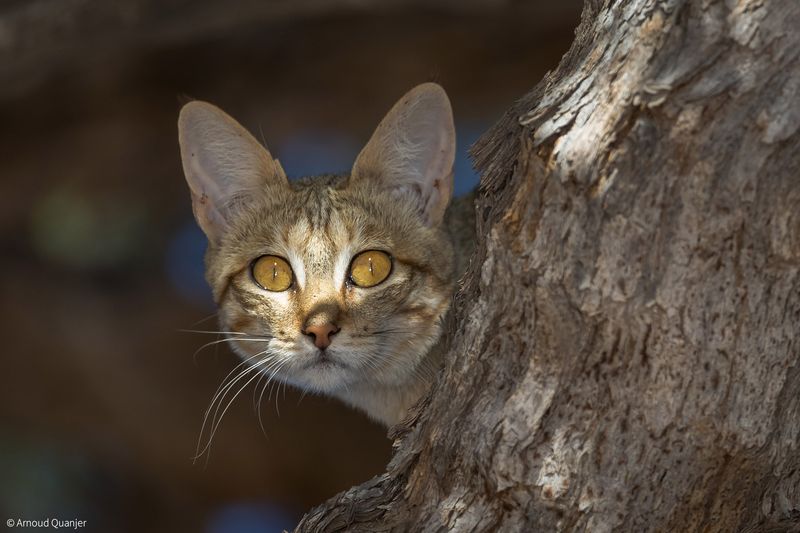
The African Wildcat is believed to be the ancestor of the domestic cat, sharing many physical traits with its domesticated descendants. Its sandy coat and slender build allow it to blend seamlessly into the African savannas where it roams.
This feline is a skilled hunter, often preying on small mammals and birds, using its stealth and speed to capture its quarry. Its nocturnal habits mean it is rarely seen during the day, spending daylight hours in the shade or hidden among the grasses.
Although closely related to house cats, the African Wildcat remains a wild species, with its survival threatened by habitat loss and hybridization with domestic cats.
Conservation efforts focused on preserving its natural habitat and preventing interbreeding are essential to its continued existence.
10. Andean Mountain Cat
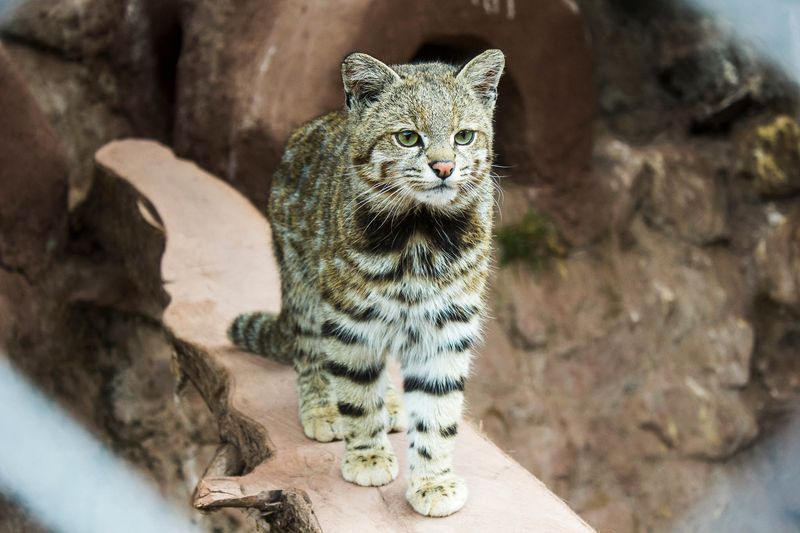
The Andean Mountain Cat is a rare and elusive wild feline found in the high-altitude regions of the Andes. Its silvery-grey coat and bushy tail provide warmth in the chilly mountain climate, while its striking appearance can resemble a domestic long-haired cat
This small cat is a specialized hunter, preying primarily on small rodents native to the Andean region. Its thick fur and padded feet are well-suited for the cold, rocky environment, allowing it to traverse steep terrain with ease.
Despite its resemblance to a cuddly pet, the Andean Mountain Cat is a solitary and endangered species, facing threats from habitat loss and hunting. Conservation programs focusing on habitat protection are crucial for its survival.
Supporting these efforts can help preserve this unique and beautiful wild cat.
11. Pampas Cat
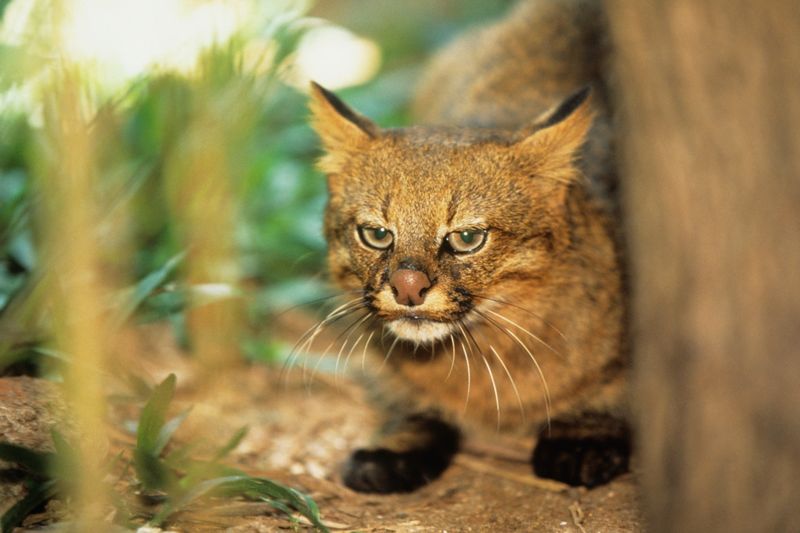
The Pampas Cat is a wild feline native to South America’s grasslands, known for its thick, multi-colored coat that varies in pattern across its range. Its striking fur often draws comparisons to domestic cats, though this wild species is well-adapted to its grassy environment.
This cat is primarily a solitary hunter, preying on small mammals, birds, and insects, using its stealth and patience to capture its quarry. Its thick fur provides insulation against the varying temperatures of the pampas.
While it may appear similar to a domestic cat, the Pampas Cat is a wild animal, thriving in open grasslands. Habitat loss and human activities pose significant threats to its population, emphasizing the need for conservation.
12. Geoffroy’s Cat
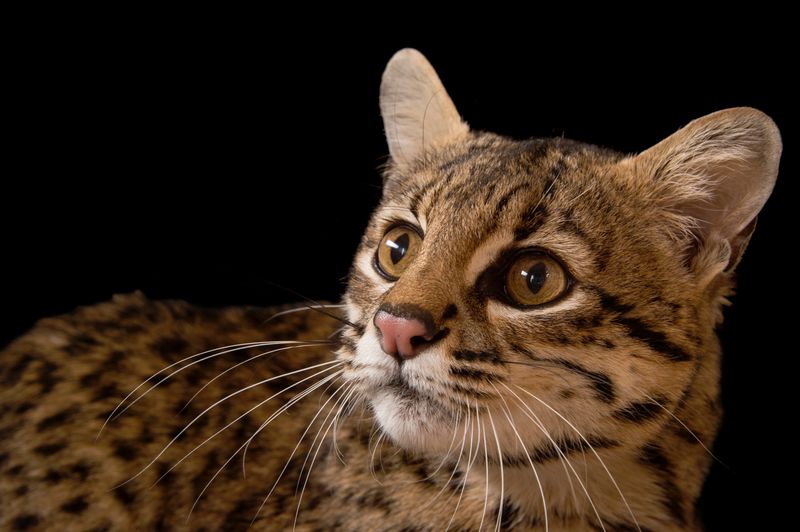
The Geoffroy’s Cat, native to South America, is a small wild cat that could easily be mistaken for a domestic breed. Its fur is speckled with black spots and rosettes, much like a miniature leopard. In the wild, this cat inhabits a variety of environments, from pampas to forested areas.
Despite their wild nature, Geoffroy’s Cats have been known to show curiosity towards humans. However, they are solitary creatures and prefer a life away from the bustling activities of civilization.
With their petite size, they resemble a typical house cat, but their wild demeanor sets them apart. These cats are nocturnal hunters, preying on small mammals and birds. Their agile nature allows them to climb trees and navigate through their habitats with ease.
While they might look like a pet, Geoffroy’s Cats are fiercely independent and thrive best in the wild.
13. Flat-Headed Cat
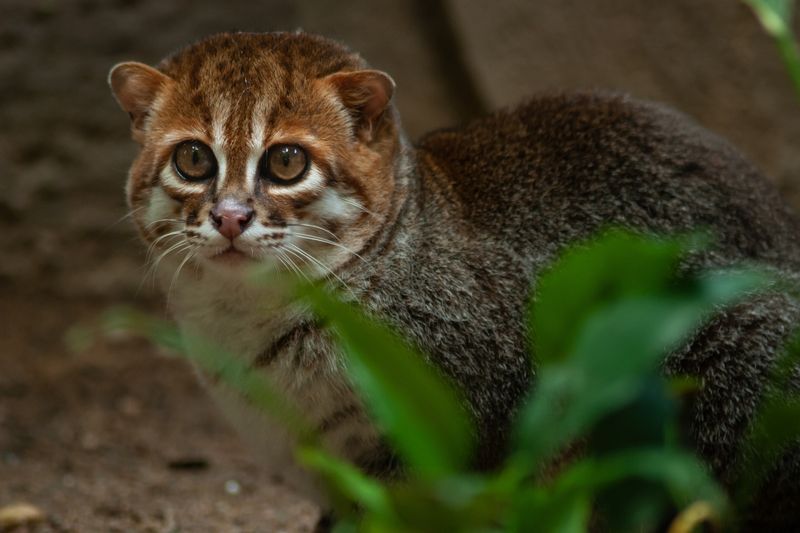
The Flat-headed Cat is a unique wild feline found in the wetlands of Southeast Asia, known for its distinct flat head and elongated snout. Its reddish-brown coat and sleek build resemble some domestic breeds, though this cat is specially adapted for life near water.
This feline is a proficient swimmer, often hunting along riverbanks for fish and small aquatic animals. Its webbed feet and keen eyesight make it an efficient predator in its watery habitat.
Despite its domestic-like look, the Flat-headed Cat is a solitary species, primarily active at night. Habitat destruction and pollution pose significant threats, highlighting the need for conservation efforts.
Supporting environmental initiatives can help protect its wetland ecosystems and ensure the survival of this distinctive wild cat.
14. Oncilla
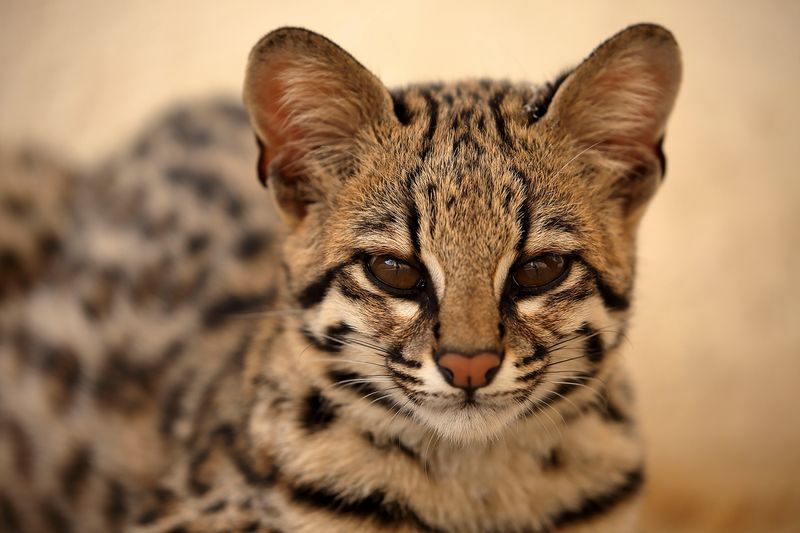
The Oncilla, also known as the Little Spotted Cat, is a small wild feline native to Central and South America. Its spotted coat and sleek build make it resemble a miniature version of a larger wild cat, yet its playful appearance can be deceiving.
This agile cat is an adept climber, often seen navigating the trees in search of birds and small mammals. Its large eyes and sensitive whiskers enhance its hunting abilities, making it a formidable predator in its forested habitat.
Despite its cute appearance, the Oncilla is a solitary and elusive creature, threatened by deforestation and the illegal pet trade. Conservation programs focused on habitat protection and raising awareness about the species can help safeguard its future.

